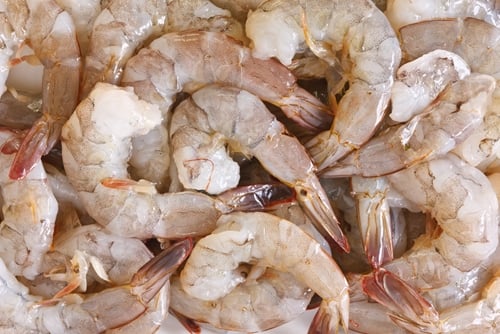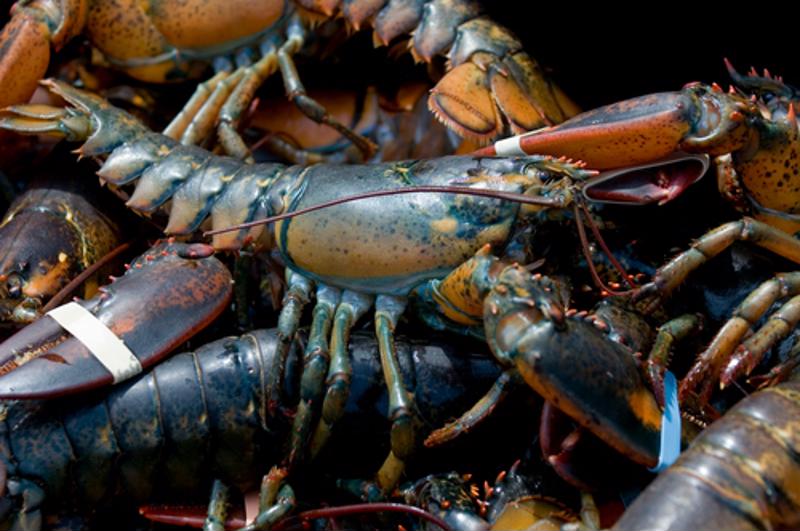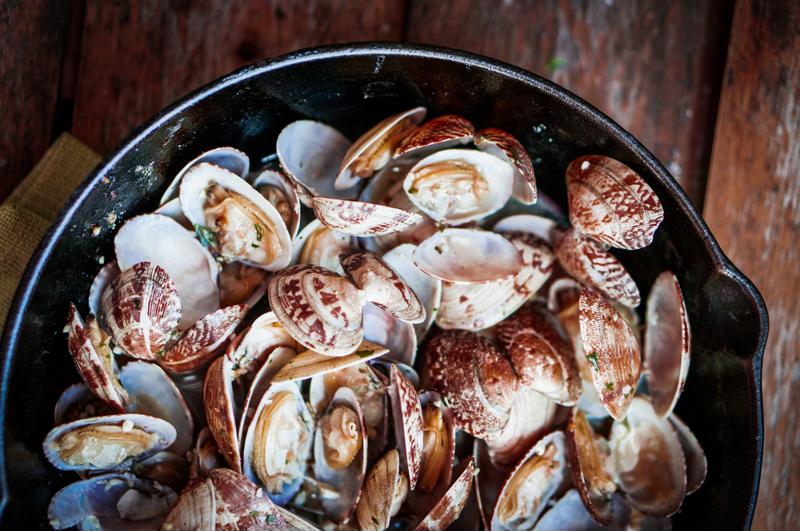
How to Vacuum Seal Shellfish
- Tips and How To's
- 05/13/15
- Share
It's the perfect season for a little clam digging, lobster trapping and crabbing, but how do you save your big haul? A lot of people don't know how easy it is to seal and store shellfish for weeks or even months at a time. With a little effort, you can store your seafood for far longer than just two or three days.
You can vacuum seal and freeze just about anything on land or under the waves. It's a great way to stretch the shelf life of your catch or even help keep your refrigerator or freezer from smelling like a beach at low tide.
Grab a FoodSaver® 2-In-1 Vacuum Sealing System and use these helpful tips to seal and freeze your shellfish.
Lobster
Don't ever let a meaty lobster tail go to waste. Despite their hard carapace, lobster is actually relatively easy to seal. To vacuum seal a lobster tail, all you need to do is cut the sharp spines on the bottom of the tail to keep the shell from puncturing the bag. You can do this easily with a pair of shears.

Cut the spines, load the lobster tail into a heavy-duty GameSaver® DAM® Bag, vacuum seal it and you'll be able to store it for months without worrying about freezer burn.
Shrimp
Vacuum sealing whole shrimp is as easy as sealing almost anything else. The trick is to pat them dry before loading them into the bag, as this can cause freezer burn. Rinse the shrimp carefully and dab them with paper towels until dry. Afterward, distribute them evenly in the vacuum seal bag so they'll lie flat on a table. Vacuum the air out and they're ready to freeze.
Many suggest leaving the shell of the shrimp on, as this helps maintain the flavor.
Clams and oysters
There are differing opinions about how to freeze these shellfish, but many fishermen swear by shucking them and freezing them raw instead of cooked or in the shell. Unlike shrimp, you'll actually want to keep some water in the vacuum seal bag. Here's what the step-by-step process should look like.
- Shuck the shellfish and rinse the meat thoroughly.
- Put the meat into the vacuum seal bag.
- Fill the bag with around an inch of salt- or fresh water.
- Vacuum seal the bag and store it in the coldest part of the freezer, preferably at 0 degrees Fahrenheit or below.
This will keep your shellfish fresh for at least three months. Alternatively, some choose to vacuum seal the shellfish in their own liquor. Just remember to wash the meat thoroughly after thawing if you do this.

Crab
Some may say that frozen crab is a far cry from the fresh stuff, but when you have too many of the critters to eat, it's better to freeze and save what you can. Many restaurants swear by flash freezing crabs live, as it's supposed to preserve freshness.
The problem with this method is that most homes don't have flash freezers. Without the right equipment, bacteria can grow inside the crab and spoil your meat. Instead, it's recommended that you cook the crab and seal what you can. Take out the cooked meat and vacuum seal it just like you would any other product, ensuring that no liquid is inside before freezing. This process can keep the crab fresh for around three months.



